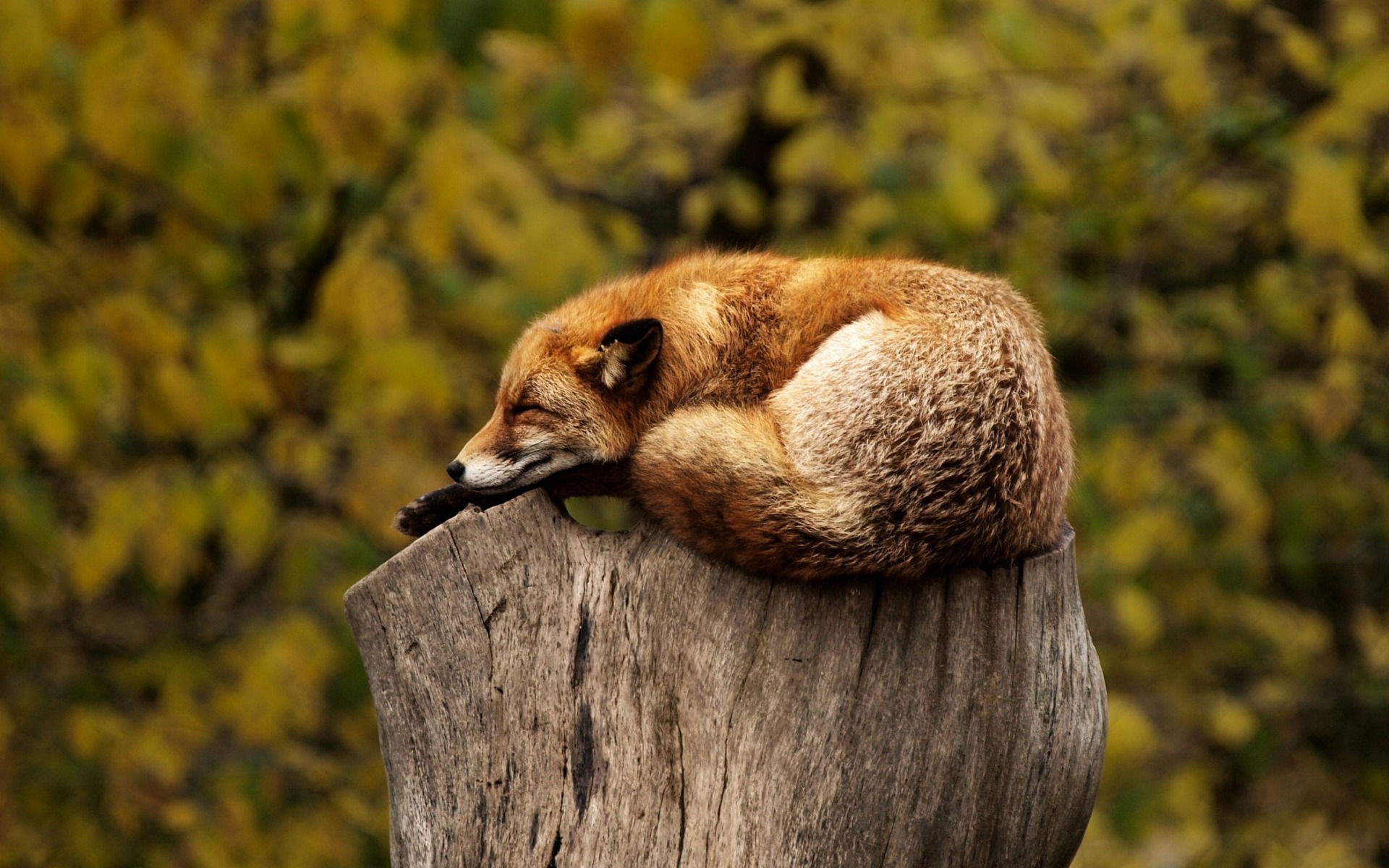The Hidden World of Seahorse Courtship Rituals
Beneath the waves, a mesmerizing dance unfolds as seahorses engage in one of nature's most enchanting courtship rituals. These delicate creatures, with their armored bodies and prehensile tails, have captivated marine enthusiasts for centuries. Yet, their intricate mating behaviors remain a mystery to many. Join us as we dive into the fascinating world of seahorse courtship, exploring the unique bonds these animals form and the extraordinary lengths they go to ensure the survival of their species.
In the depths of coral reefs and seagrass meadows, seahorses perform an elaborate courtship dance that can last for days. This intricate ritual involves a series of synchronized movements, color changes, and even musical performances. As we delve deeper into the world of seahorse romance, we’ll uncover the surprising complexities of their mating habits and the remarkable role reversal that sets them apart in the animal kingdom.
The Seahorse’s Unique Anatomy
Seahorses are truly one-of-a-kind creatures, with a body structure unlike any other fish in the ocean. Their horse-like head sits atop a curved neck, leading to a body covered in bony plates. Instead of scales, seahorses have a thin layer of skin stretched over these plates, giving them their distinctive armored appearance. Their tails are prehensile, allowing them to anchor themselves to seagrass or coral as they search for food and mates.
Perhaps the most remarkable feature of seahorse anatomy is the male’s brood pouch. Located on the front of the body, this specialized organ is where the female deposits her eggs during mating. The male then fertilizes and incubates the eggs, eventually giving birth to fully-formed offspring. This unique reproductive strategy sets seahorses apart from nearly all other animals in the ocean.
The Courtship Dance
Seahorse courtship is a spectacular affair, often lasting for several days before the actual mating occurs. The process begins with potential mates engaging in an elaborate dance, swimming side by side and mirroring each other’s movements. As they twirl and pivot through the water, their bodies may change color, flashing brilliant hues to signal their interest and readiness to mate.
During this dance, seahorses also produce clicking sounds by rubbing specialized plates in their heads together. These clicks serve as a form of communication, allowing the pair to synchronize their movements and express their intentions. The dance becomes increasingly complex as the courtship progresses, with the male and female intertwining their tails and spinning together in a graceful underwater waltz.
The Role of Monogamy in Seahorse Relationships
Unlike many fish species that engage in promiscuous mating behaviors, seahorses are known for their monogamous partnerships. Many seahorse species form long-term pair bonds, staying with the same mate for multiple breeding seasons or even life. This commitment allows them to perfect their courtship dance over time, becoming more in sync with each partner’s movements and preferences.
Monogamy in seahorses is thought to have evolved due to the unique challenges of their reproductive strategy. With the male investing so much energy in carrying and caring for the offspring, it’s beneficial for both partners to remain faithful and continue producing young together. This loyalty also ensures that the intricate courtship dance is not wasted on incompatible or unreceptive mates.
The Male Pregnancy Phenomenon
One of the most fascinating aspects of seahorse reproduction is the role reversal that occurs during pregnancy. After the female deposits her eggs into the male’s brood pouch, he takes on the responsibility of carrying and nurturing the developing embryos. This process, known as male pregnancy, is extremely rare in the animal kingdom and has made seahorses a subject of intense scientific interest.
During the pregnancy, which can last anywhere from two to four weeks depending on the species, the male’s body undergoes significant changes. The brood pouch swells to accommodate the growing embryos, and the male’s body produces nutrients and oxygen to sustain them. When the time comes for birth, the male experiences contractions, expelling the fully-formed seahorse fry into the water in a process that can take hours.
Conservation Challenges and the Future of Seahorses
Despite their enchanting courtship rituals and unique reproductive strategies, seahorses face numerous threats in the wild. Habitat destruction, climate change, and overfishing for the traditional medicine trade have led to declining populations of many seahorse species. Conservation efforts are underway to protect these remarkable creatures, but more research and awareness are needed to ensure their survival.
Scientists are working to better understand seahorse courtship and reproduction in captivity, with the goal of developing successful breeding programs for endangered species. These efforts not only help to preserve seahorse populations but also provide valuable insights into their complex mating behaviors and the evolutionary adaptations that have shaped them.
As we continue to explore the hidden world of seahorse courtship rituals, we gain a deeper appreciation for the diversity and wonder of life in our oceans. The intricate dances, long-term partnerships, and unique reproductive strategies of these captivating creatures serve as a reminder of the extraordinary adaptations that have evolved in the marine environment. By protecting seahorses and their habitats, we ensure that future generations can continue to marvel at the underwater ballet of these remarkable animals.





